We have a lovely home—one that
money did not buy—it was born and evolved
slowly out of our passionate, poverty-
stricken agony to own our own home.
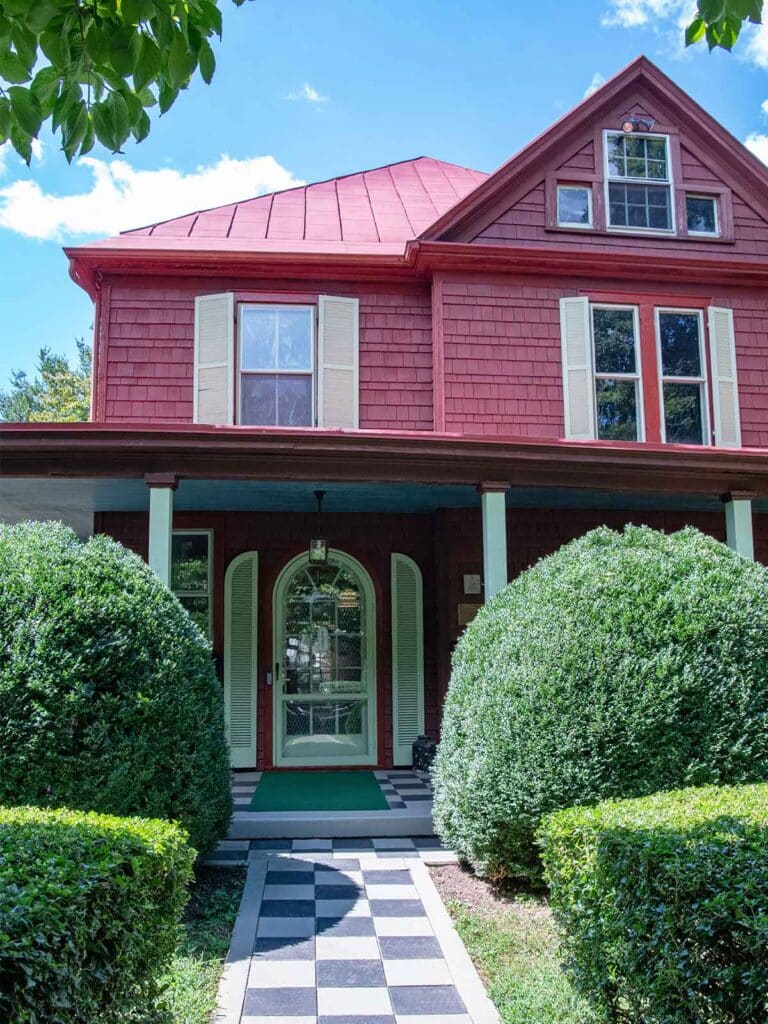
These lines were penned by the late Anne Spencer, an icon of the Harlem Renaissance of the 1920s and 1930s. They speak to the lifelong labor of love she and her enterprising husband Edward devoted to their family home. The two were integral to the Black social and cultural explosion of the early 20th century that resulted from the Harlem Renaissance. The Lynchburg home and garden of the poet, librarian and civil rights activist was indeed a labor of love.
The Anne Spencer Home & Garden Museum
The Spencers’ granddaughter Shaun Spencer-Hester (seen at right) has dedicated herself to preserving that legacy of creativity. What was once the family home is now one of the most intact house museums in the U.S. The property is on the National Register of Historic Places, among its many other significant cultural designations. The Anne Spencer House & Garden Museum opened to the public in 1977, and it was a featured property on the 2023 Historic Garden Week’s 90th anniversary tour.
Edward implemented the engineering and design skills he learned in college to build the beautiful home. In 1903, the house was finished, and Anne and Edward moved in. Ever creative and industrious, Edward enjoyed incorporating interesting materials he found along his postal route into the house and garden’s charming décor. Their cozy kitchen produced many a wonderful meal for family and visiting friends. A favorite was Anne’s Lightening Cake recipe. Edward was a member of the Freemasonry, who hold the square—the foundational element of a structurally sound home—to be the symbol of virtue and morality. He incorporated symbolic square patterns throughout the property, from the black-and-grey checkered porch at the front of the house to the distinctive trellises for Anne’s garden.
Anne was a stylish woman, and her furnishings and color palettes reflected the trends of the day. The home had a vibrant interior with popular floral wallpapers. From the bright pink and green foyer to the purple décor mimicking her wisteria-laden trellis, the avid gardener used color to bring the outdoors inside.
Just as visitors enter the garden today, friends and family would often walk around back to find Anne tending to her flowers. The robin’s-egg blue trellises were painstakingly restored by Spencer-Hester and her partners. “It’s a lot of color, just like Granny liked it,” Spencer-Hester reflects. She vividly remembers the dress (seen at right) as a bright red testament to that love of color.
The Poet’s Garden Retreat & Writing Studio
Anne’s writing studio was in the heart of her garden, with views of lush peonies, vibrant crepe myrtles and purple wisteria vines on her trellises and pergola. The couple named it Edankraal, a combination of their names and the Afrikaans word kraal meaning enclosure. Spencer-Hester laughingly notes that visitors today might call it a she-shed.
Anne was a lifelong devotee of the written word. At age 11 she enrolled at the Virginia Theological Seminary and College, now Virginia University of Lynchburg, where she and Edward met. The school was a pioneering institution for Black students, offering an expansive curriculum on par with that of white colleges and universities of the time. She studied there for seven years, excelled particularly at English classes and delivered the valedictory address at her graduation in 1899. During her 22 years serving as librarian at the all-Black Dunbar High School, she acted as a mentor and advocate for exploring the world of literature and often augmented the library’s collection with her own books.
When she wasn’t at work, she spent hours reading and writing in her cozy garden cottage surrounded by family photos and art, including a cherished stained-glass window. Both the house and garden became popular gathering places for the Spencers’ guests and for the local community, but Edankraal was Anne’s sanctuary. It was here she wrote much of her poetry.
Anne designed her garden into “garden rooms,” individual spaces joined together by thoughtfully designed walkways and plantings. Visitors pass through the Rose Garden and into the Cottage Garden, where Edankraal sits. Next is the Arbor Garden, featuring a shady grape arbor constructed of Edward’s trademark Masonic squares, and finally the aptly named Pool Garden. Embedded into the concrete of the pool at the center is the cast iron head of an African prince, crafted by the Ebo tribe and gifted to her by friend W.E.B. DuBois. Edward ran plumbing lines through the sculpture to create a fountain element, and Anne nicknamed it Prince Ebo. She used the pool as a focal point, edging it with a curved bench and hedges to create a sun-drenched outdoor social space. The history of Black culture runs deep in this home and garden.
Restoring the Historic Anne Spencer Home & Garden in Lynchburg, Va
After Anne’s death in 1975 at the age of 93, following Edward’s death in 1964, the property began to fall into decay. Their son and Spencer-Hester’s father, Chauncey E. Spencer, Sr.—a famous pioneer aviator and Tuskegee Airman—returned to Lynchburg to become the first curator of the property. Chauncey’s vision was to turn the home and garden into a museum for all to enjoy. In 1983 he asked the Hillside Garden Club to help restore the garden, and they rose to the challenge.
The now-mature trees add shade, so it was impossible to create an exact replica of Anne’s plantings. The Garden Club preserved the original layout, consulted old photographs and used as many of Anne’s bulbs and flowers as possible to revive the spirit of the 1930s garden. Chauncey’s particular project was restoring the large purple birdhouses Edward built for the flocks of martins. In 1985, the restoration received the Common Wealth Award from the Garden Club of Virginia.
Twenty-five years later, Spencer-Hester took up her father Chauncey’s mantle and worked with the Hillside Garden Club again to restore the deteriorated garden structures, including the arbor and pergola. They created historically accurate replicas and painted them the original robin’s-egg blue. They also restored the Prince Ebo fountain. In 2022, Veranda Magazine included the Anne Spencer Garden in its list of the 30 most beautiful gardens in the world.
The Garden is worth a visit in and of itself, and the Anne Spencer House Museum further offers an intimate look into the life of not just a well-known poet, but a true Renaissance woman. During Anne’s lifetime, when segregation and injustice impacted every area of her life, she created a beautiful home and lush garden as an oasis for her family and friends while engaging in meaningful civil rights activism to push for true equality. As she wrote in her poem “Taboo,” “Being a Negro Woman is the world’s most exciting/game of ‘Taboo’: By hell there is nothing you can/do that you want to do and by heaven you are/going to do it anyhow —”
The Harlem Renaissance and Poet Anne Spencer
Over the years, Anne and Edward raised three children in their beautiful home. The fashions of the days show in decorative items like the gold pier mirror and mantle clock in the living area and the chandelier and large buffet in the dining room. These rooms have more subtle color palettes of soft pinks and golds, suitable for reading and engaging conversation. The framed painting above left was painted eight years after Anne’s death by artist Laurence A. Jones, whom Anne and Edward mentored.
The living room reflects Anne and Edward’s love of education, books and reading. This is where Anne and Edward would entertain their guests, many of whom were prominent civil rights leaders, banned from local hotels due to segregation laws. The Spencers welcomed visitors from W.E.B. Du Bois, Zora Neal Hurston, Langston Hughes and Thurgood Marshall to Marian Anderson, George Washington Carver and Dr. Martin Luther King, Jr. Visitors touring the well-preserved home may find themselves in the parlor imagining some of the after-dinner conversations among those leading thinkers and artists of the age as they shaped the future.
In 1918, Anne helped found the Lynchburg chapter of the National Association for the Advancement of Colored People (NAACP). Through this work, she met James Weldon Johnson, who stayed with the Spencers whenever he was in town on NAACP business. Johnson, a well-known writer, recognized Anne’s talent and helped publish her poem “Before the Feast of Shushan” in The Crisis, an NAACP journal.
What was until that point a private passion developed into a legacy. During her lifetime, about 20 of her poems were published, although she professed to have written thousands. In 1973 she became the first Black female poet to be featured in the Norton Anthology of Modern Poetry.
The Spencer house had several comfortable bedrooms to accommodate guests. As a librarian and poet, her passion for books was evident throughout the home. Overnight guests were welcomed by a thoughtful collection of books and Anne’s cheerful décor, such as the Chinoiserie wallpaper that spoke to her love of the garden.
Preserving the Legacy of Creativity and Civil Rights Activism in Virginia
Spencer-Hester preserves the property’s beauty and history while adding new elements through an innovative partnership with the University of Virginia School of Architecture. Rubbing stations planted throughout the Garden allow visitors to trace elements of the house and garden like the ornate ironwork. Clear frames encasing copies of Anne’s poetry hang from the trellises. Students created vibrantly colored benches, heeding Spencer-Hester’s mandate to use recycled materials “like her grandfather Edward would have done.” Her vision was to update the exhibits without interfering with the style or views of the garden that her grandmother created. Passionate about the museum’s educational outreach, she designed a children’s guide to the museum along with an activity and coloring book, and she added an exhibit honoring her late father Chauncey and his role as a founding member of the National Airmen’s Association of America and as the first Black man to be inducted into the Virginia Aviation Hall of Fame and the National Air and Space Museum.
Plans for future exhibits include the addition of Pop’s Chicken House, a replica of Edward’s backyard chicken coop. The new building will offer additional gallery space for exhibits and educational programs. Spencer-Hester, ever an advocate for knowledge, is also working on a book about her eminent grandmother. She spends much of her time outside the museum in the UVA Special Collections Library, which houses the bulk of Anne’s papers and photographs. Together, the family of Anne Spencer, the University of Virginia, the Garden Club of Virginia and numerous other organizations are preserving this treasure of a museum for the future so that we may all come to appreciate the beauty and the challenges Anne wrote about in her poetry.
This space can hardly do justice to the beautiful property and grounds of the museum. Visit WineAndCountryLife.com for more exclusive photographs of the interior of this storied home and a look at Anne’s utterly charming kitchen. ~
is a freelance writer specializing in arts, entertainment, travel with pets, and European destinations. Author of Fido’s Virginia and Fido’s Florida (both Countryman), she is a member of the Society of American Travel Writers and lives in Richmond, Virginia with her German Shepherd, Lola, and her cat, Gizmo.
ROBERT RADIFERA has been creatively photographing weddings, interiors and portraits for over two decades. His interior work has been published in Southern Living, Southern Home, The Cottage Journal, HGTV Magazine, Virginia Wine & Country Weddings and Home and Design, as well as many other local and national publications.
R. L. JOHNSON is our Co-Publisher and Creative Director. She studied at the prestigious ArtCenter College of Design and began her career as a professional photographer in Los Angeles. She moved into graphic design and art direction when she relocated to Charlottesville in 1994. As our company’s co-founder and visionary, she enjoys all aspects of storytelling.

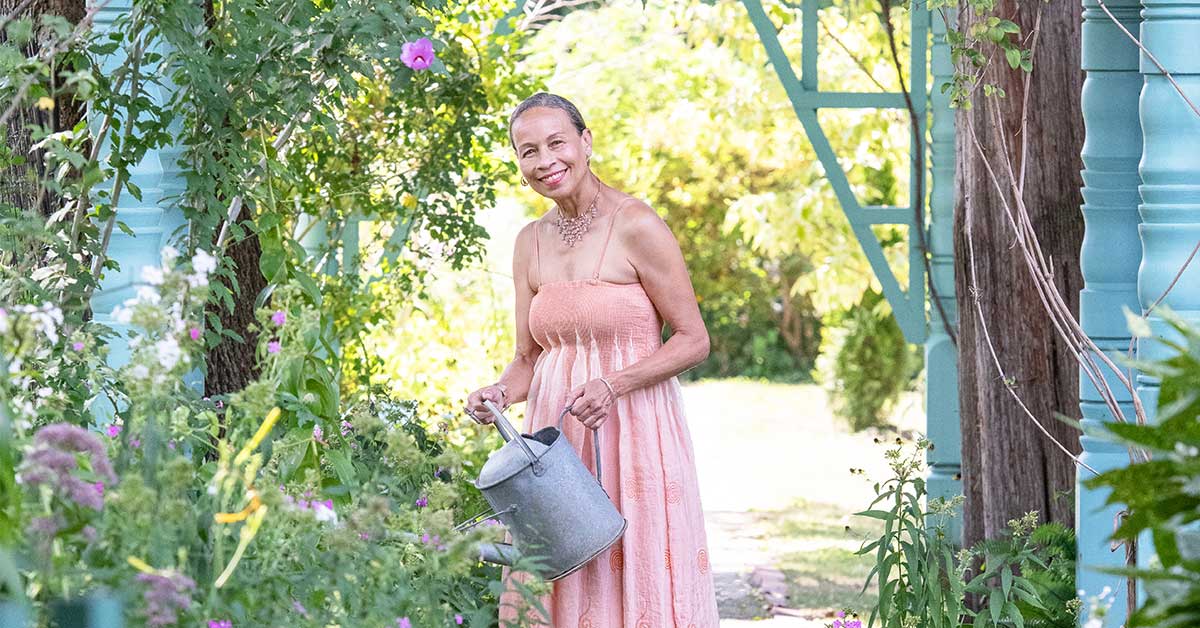
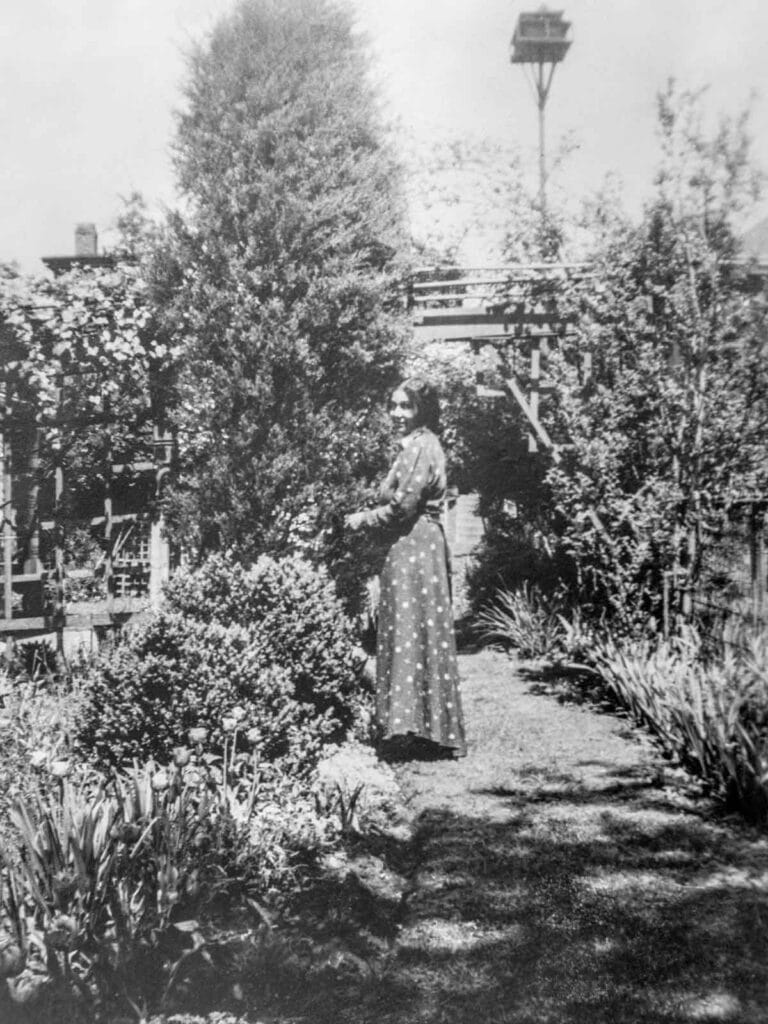
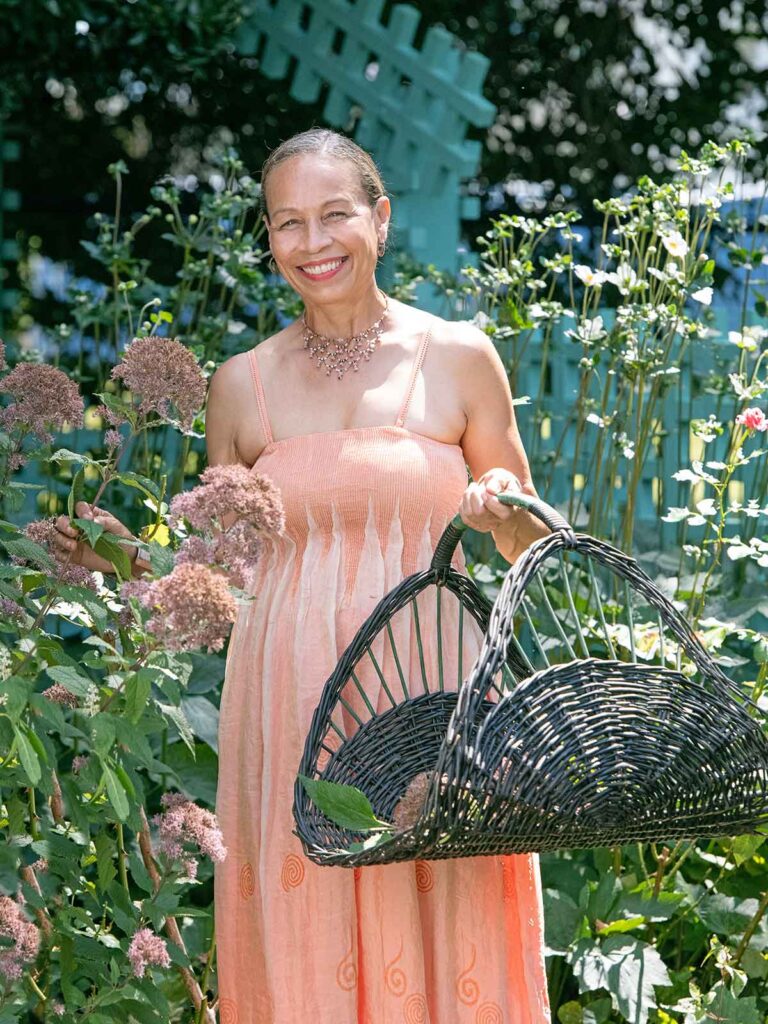
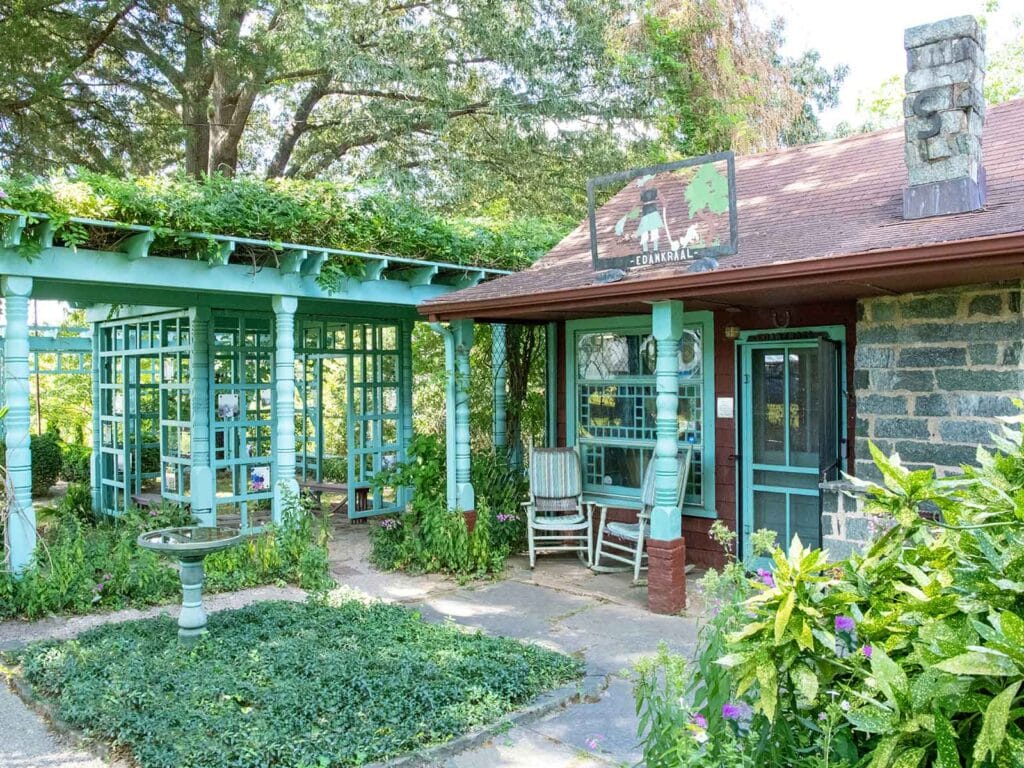
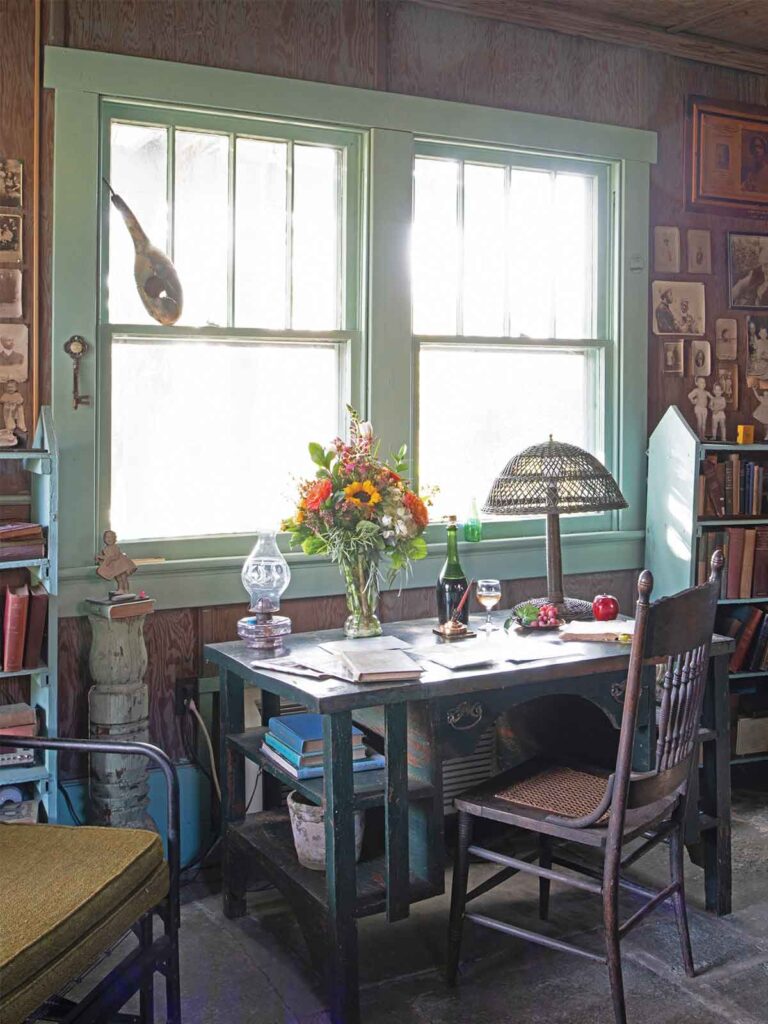
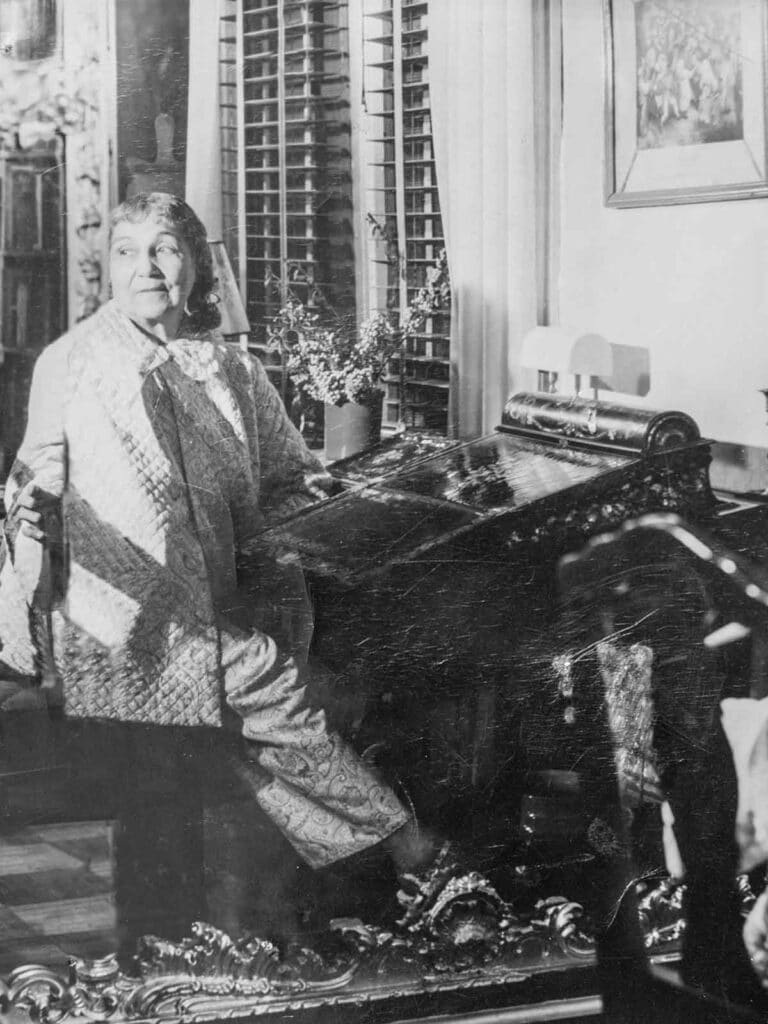
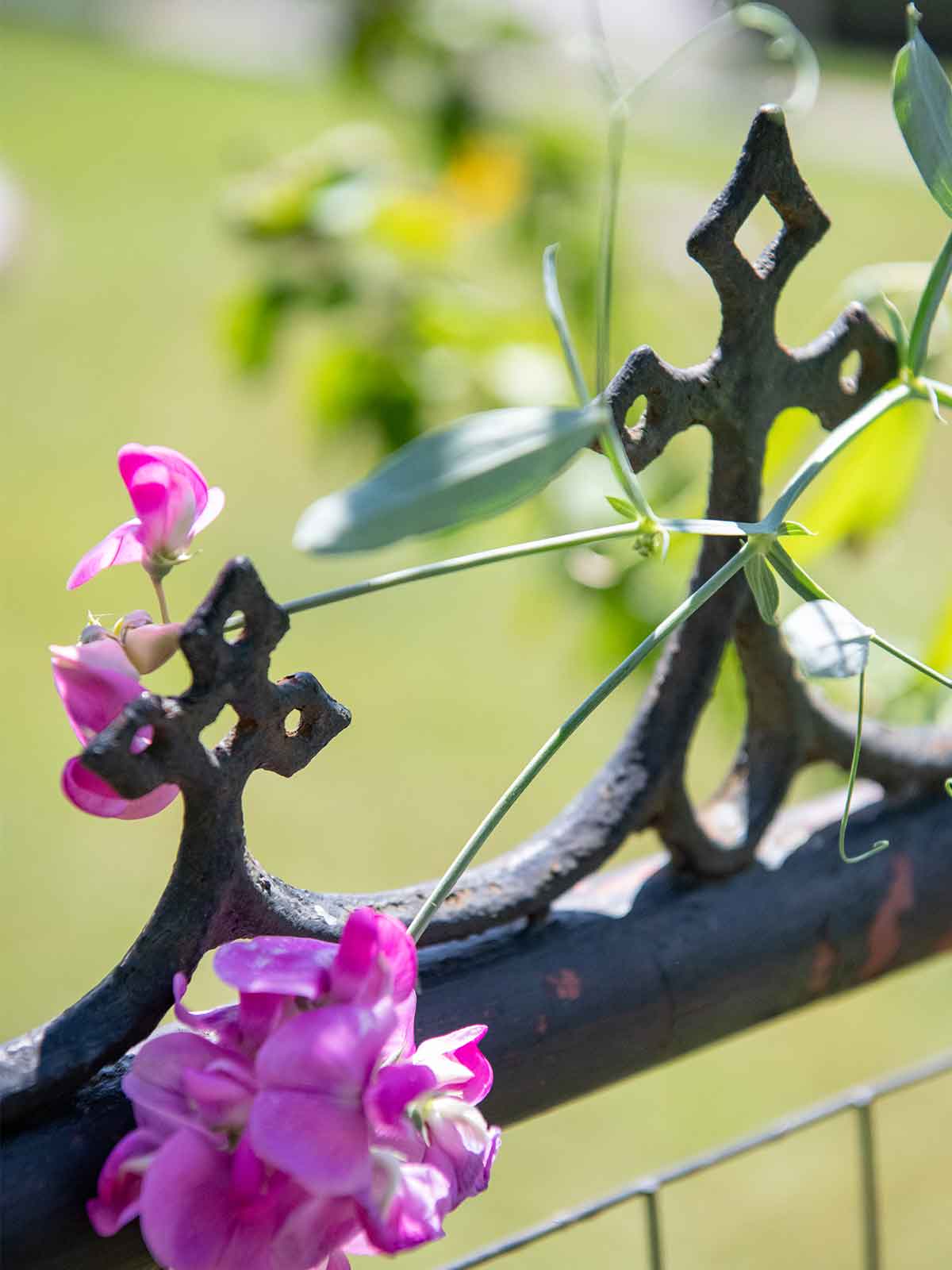
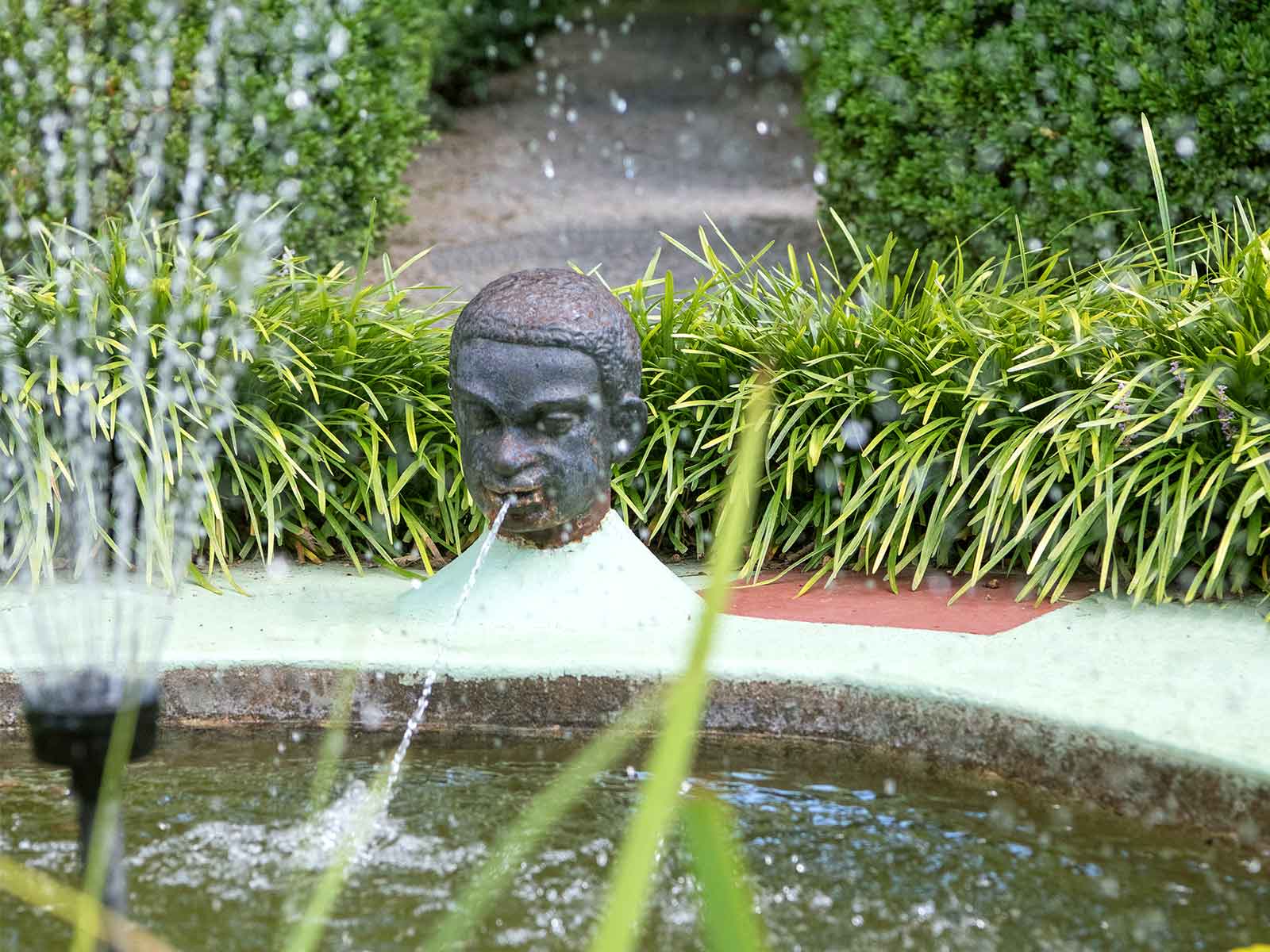
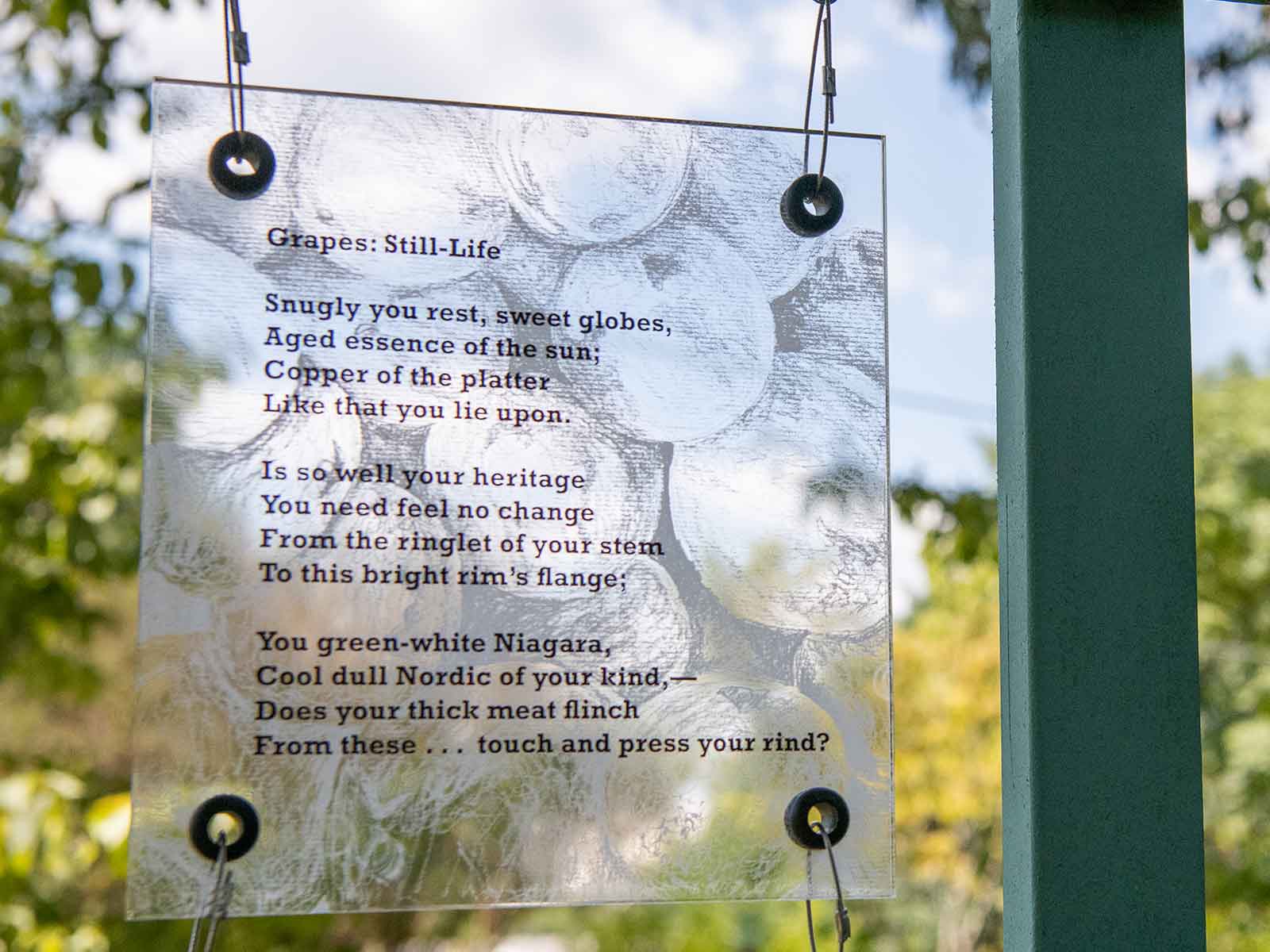
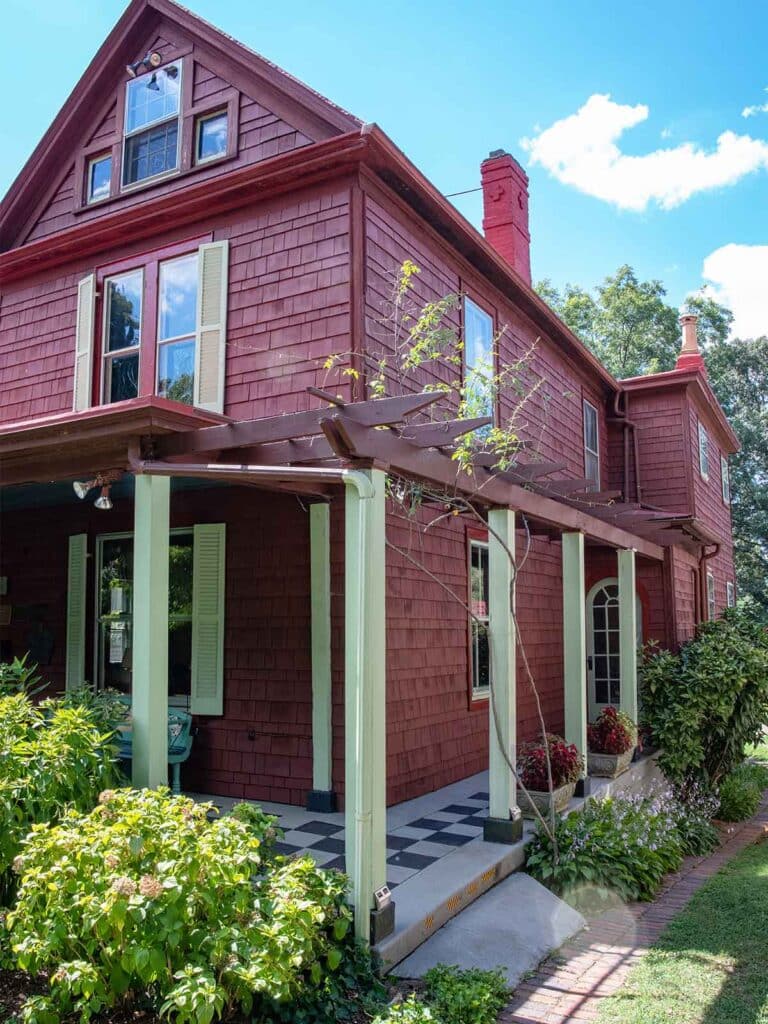
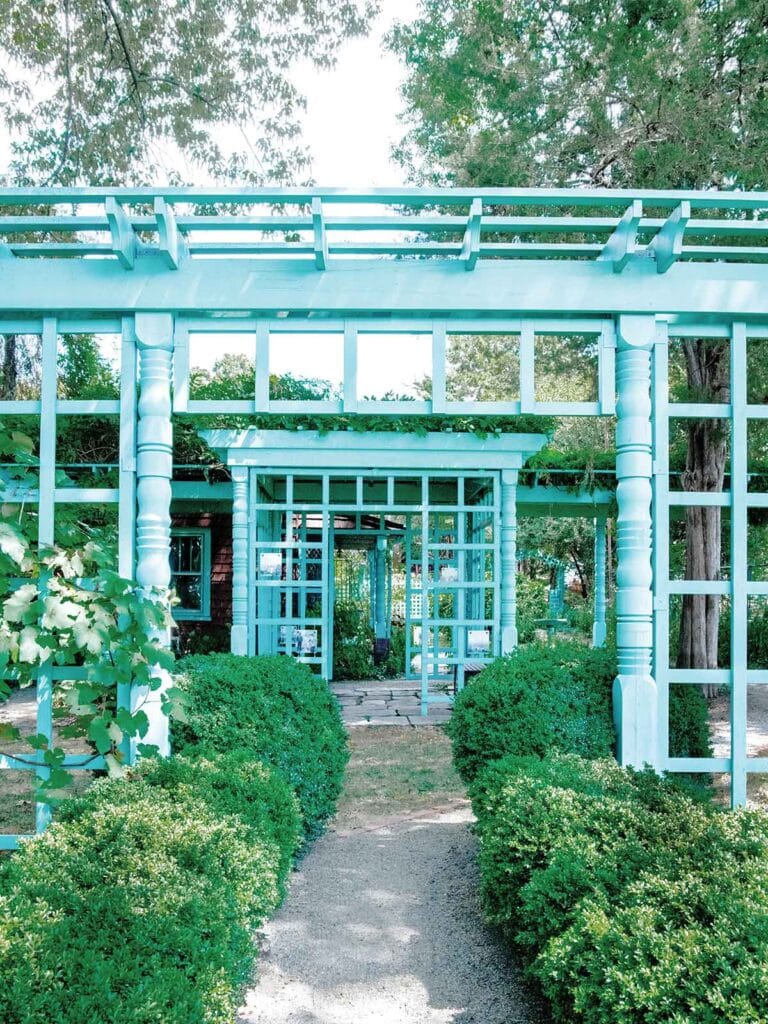
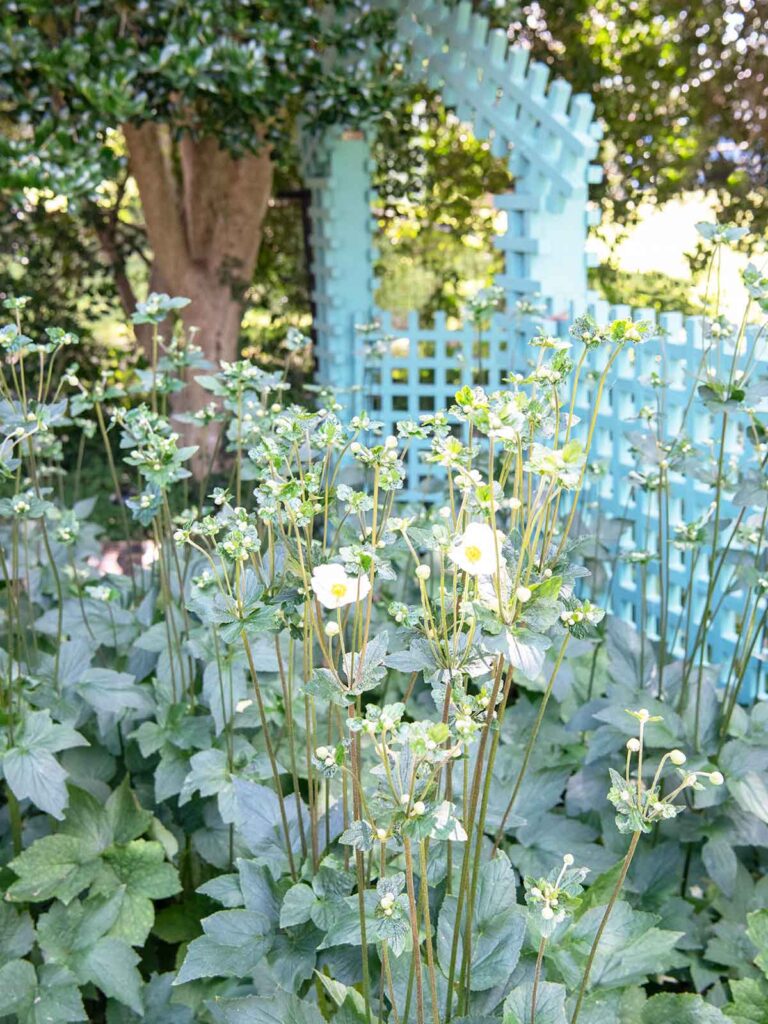
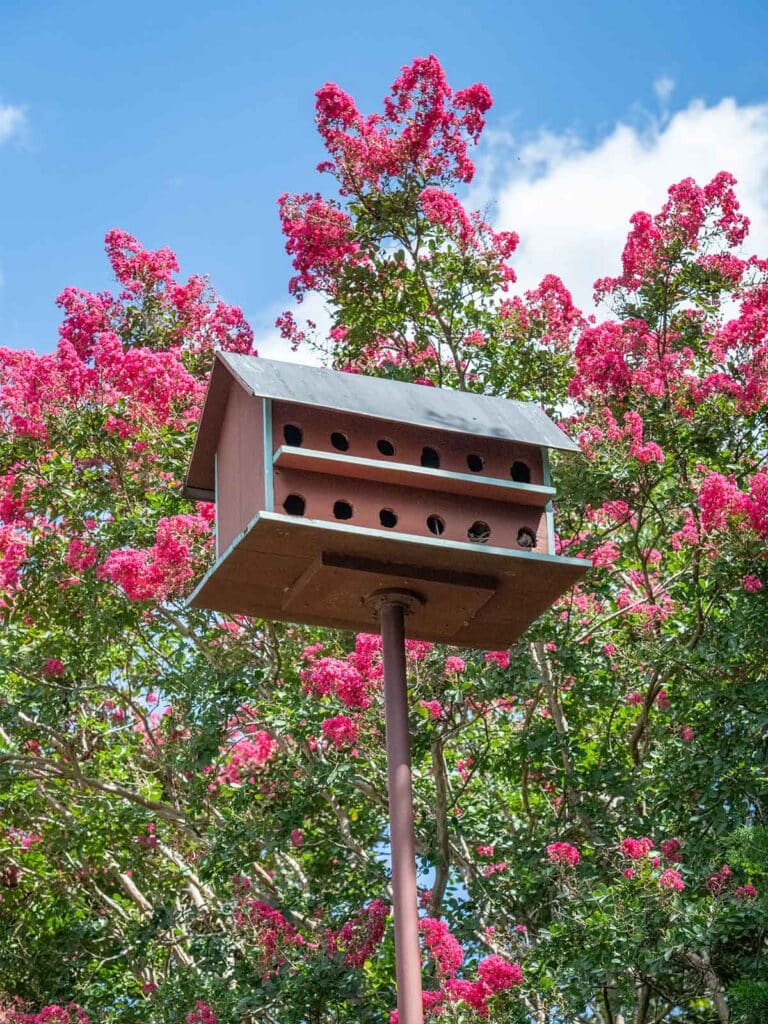
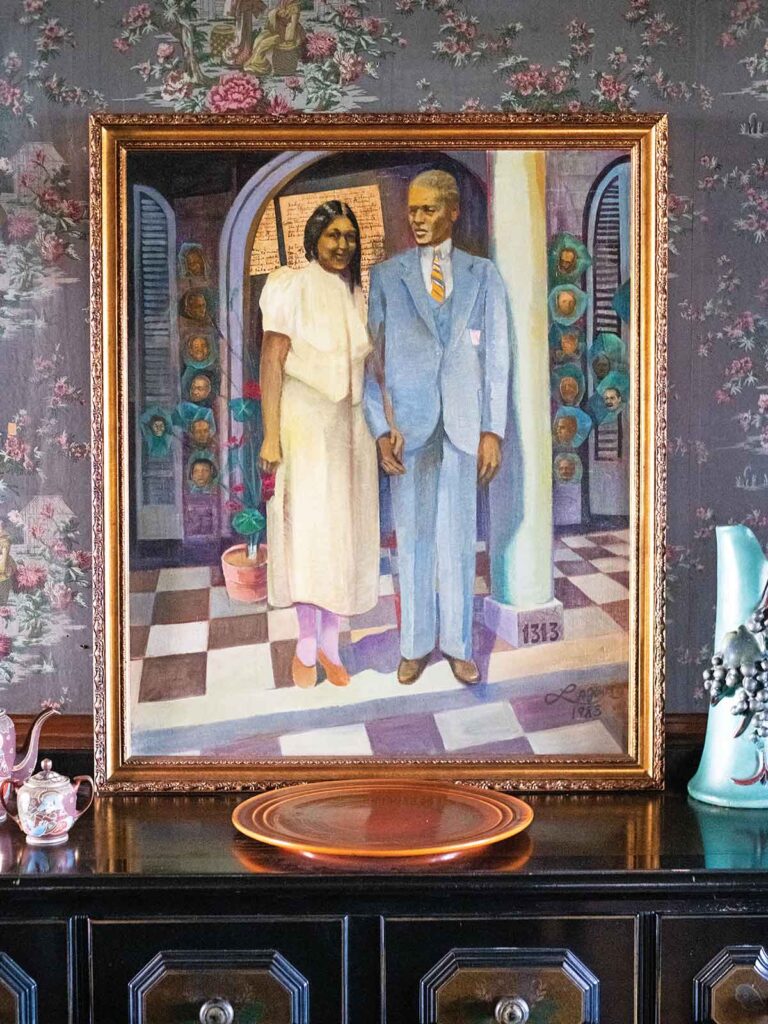
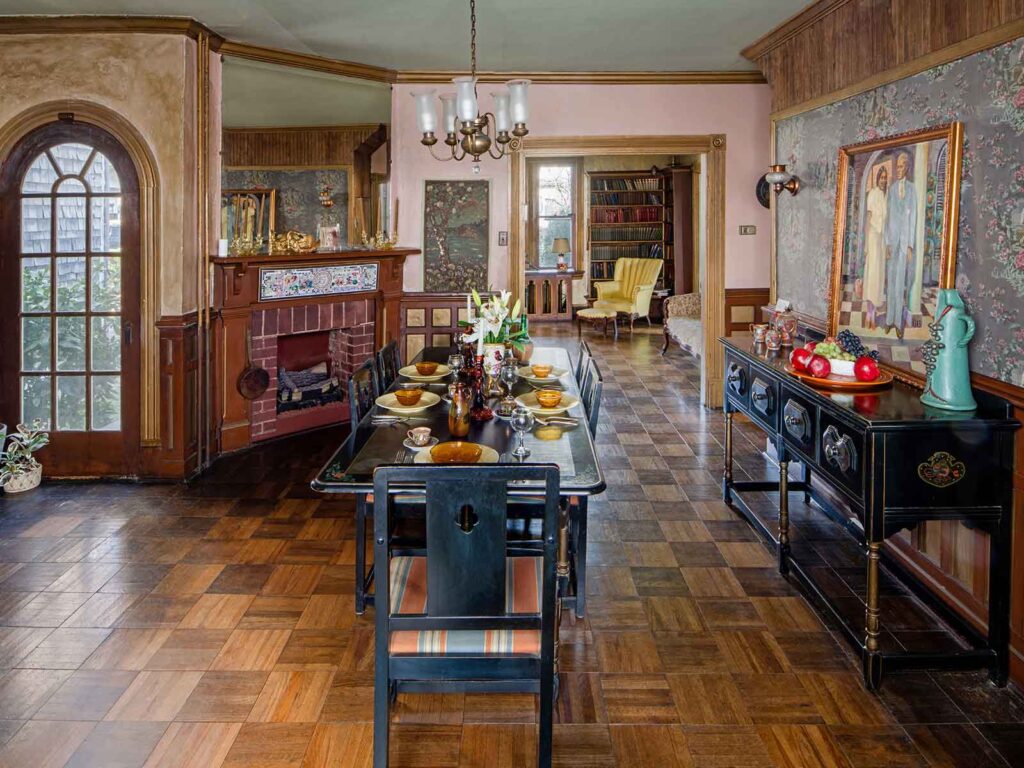
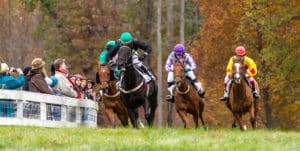
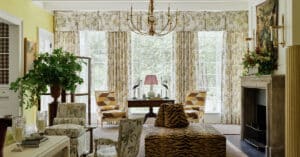
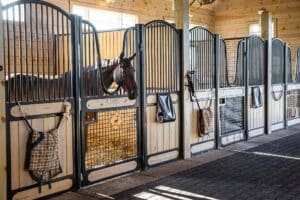
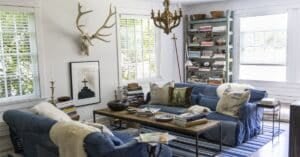
Pingback: Family-Friendly Historical Attractions - Charlottesville Family